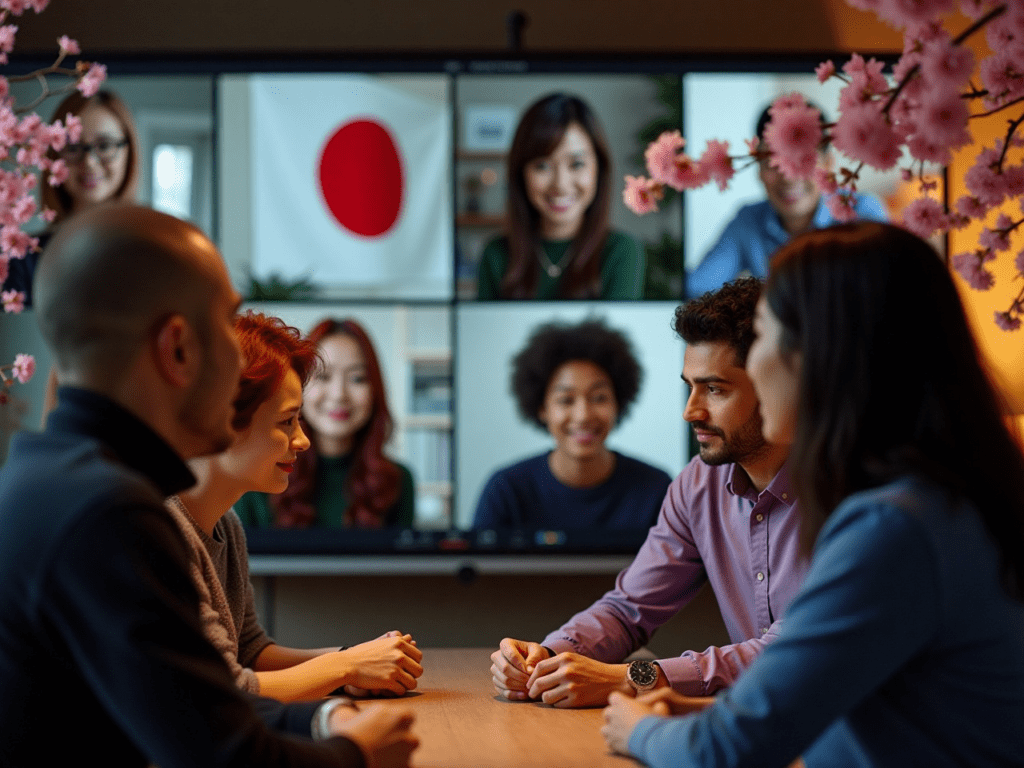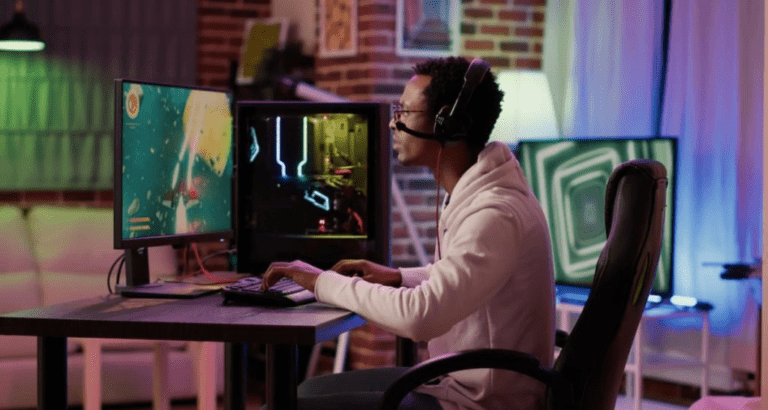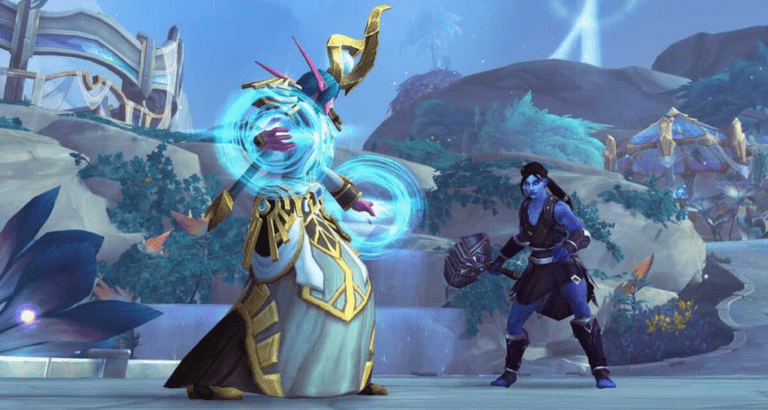Takeaway
Balancing internal and external game development resources is crucial for optimizing productivity, enhancing creativity, and ensuring timely project delivery. By strategically leveraging both internal teams and external partnerships, game development companies can achieve a harmonious workflow that maximizes efficiency and innovation.
Introduction
The landscape of game development has evolved significantly over the past decade, with the rise of independent studios and the increasing complexity of game projects. As a result, game developers are often faced with the challenge of balancing internal resources with external partnerships. This article delves into the intricacies of managing these resources effectively, providing insights into best practices, methodologies, and tools that can facilitate a seamless integration of internal and external game development efforts.
Understanding Internal and External Resources
Internal Resources
Internal resources refer to the in-house teams that a game development company employs. These teams typically consist of game designers, programmers, artists, sound engineers, and project managers. The advantages of internal resources include:
- Control: Internal teams allow for greater oversight and control over the development process, ensuring that the project aligns with the company’s vision and standards.
- Culture: In-house teams are often more aligned with the company culture, which can enhance collaboration and communication.
- Intellectual Property: Keeping development in-house helps protect proprietary technology and creative assets.
External Resources
External resources encompass freelancers, contractors, and third-party development studios. These resources can be particularly beneficial for specific tasks or projects that require specialized skills. The benefits of utilizing external resources include:
- Flexibility: External resources can be scaled up or down based on project needs, allowing for more agile responses to changing requirements.
- Expertise: External partners often bring specialized skills and experience that may not be available internally, enhancing the overall quality of the game.
- Cost-Effectiveness: Hiring external resources can sometimes be more cost-effective than maintaining a large internal team, especially for short-term projects.
Strategies for Balancing Resources
1. Assessing Project Requirements
The first step in balancing internal and external resources is to conduct a thorough assessment of the project requirements. This involves understanding the scope, timeline, and specific skills needed for the project. By clearly defining these parameters, game development companies can make informed decisions about which tasks to assign to internal teams and which to outsource.
2. Establishing Clear Communication Channels
Effective communication is vital for the successful integration of internal and external resources. Establishing clear communication channels helps ensure that all team members are aligned on project goals, timelines, and expectations. Tools such as Slack, Trello, and Asana can facilitate real-time communication and project management, allowing for seamless collaboration between internal and external teams.
3. Implementing Agile Methodologies
Agile methodologies, such as Scrum or Kanban, can be particularly effective in balancing internal and external resources. These frameworks promote iterative development, allowing teams to adapt to changes quickly. By breaking projects into smaller, manageable tasks, game developers can assign specific responsibilities to internal or external teams based on their strengths and availability.

4. Fostering a Collaborative Culture
Creating a collaborative culture is essential for maximizing the potential of both internal and external resources. This can be achieved by encouraging knowledge sharing, regular feedback, and joint problem-solving sessions. By fostering a sense of teamwork, game development companies can enhance creativity and innovation, leading to better game outcomes.
5. Utilizing Technology and Tools
Leveraging technology and tools can significantly enhance the efficiency of balancing internal and external resources. Project management software, version control systems, and collaborative design tools can streamline workflows and improve communication. For instance, using Git for version control allows both internal and external developers to work on the same codebase without conflicts, ensuring a smooth integration of contributions.
Challenges in Balancing Resources
1. Quality Control
One of the primary challenges in utilizing external resources is maintaining quality control. When outsourcing tasks, it is crucial to establish clear quality standards and conduct regular reviews to ensure that the work meets the company’s expectations. Implementing a robust feedback loop can help identify issues early and facilitate necessary adjustments.
2. Cultural Differences
When working with external teams, especially those located in different countries, cultural differences can pose challenges. These differences may affect communication styles, work ethics, and expectations. To mitigate these issues, game development companies should invest time in understanding the cultural backgrounds of their external partners and establish common ground for collaboration.

3. Intellectual Property Concerns
Outsourcing certain aspects of game development can raise concerns about intellectual property (IP) protection. It is essential to have clear contracts and agreements in place that outline ownership rights and confidentiality clauses. This helps safeguard proprietary information and ensures that the company retains control over its creative assets.
Case Studies and Examples
Successful Integration of Internal and External Resources
Several game development companies have successfully balanced internal and external resources to achieve remarkable results. For instance, Epic Games, the creator of Fortnite, has effectively utilized external contractors for specific tasks while maintaining a strong internal team for core development. This approach has allowed them to scale their operations rapidly while ensuring high-quality output.
Another example is Ubisoft, which often collaborates with external studios for specific projects. By leveraging the expertise of these studios, Ubisoft has been able to enhance its game offerings while maintaining a cohesive internal development process. This strategy has proven effective in managing large-scale projects with tight deadlines.
Conclusion
In conclusion, balancing internal and external game development resources is a multifaceted challenge that requires careful planning, effective communication, and a collaborative culture. By assessing project requirements, implementing agile methodologies, and leveraging technology, game development companies can optimize their workflows and enhance creativity. While challenges such as quality control and cultural differences exist, they can be mitigated through clear communication and robust agreements. Ultimately, the key to success lies in finding the right balance that aligns with the company’s goals and project needs.
Key Takeaways
- Assess project requirements to determine the optimal allocation of internal and external resources.
- Establish clear communication channels to facilitate collaboration.
- Implement agile methodologies to enhance flexibility and responsiveness.
- Foster a collaborative culture to maximize creativity and innovation.
- Utilize technology and tools to streamline workflows and improve efficiency.
- Address challenges such as quality control and IP protection proactively.
By following these strategies, game development companies can effectively balance their internal and external resources, leading to successful project outcomes and sustained growth in a competitive industry.

